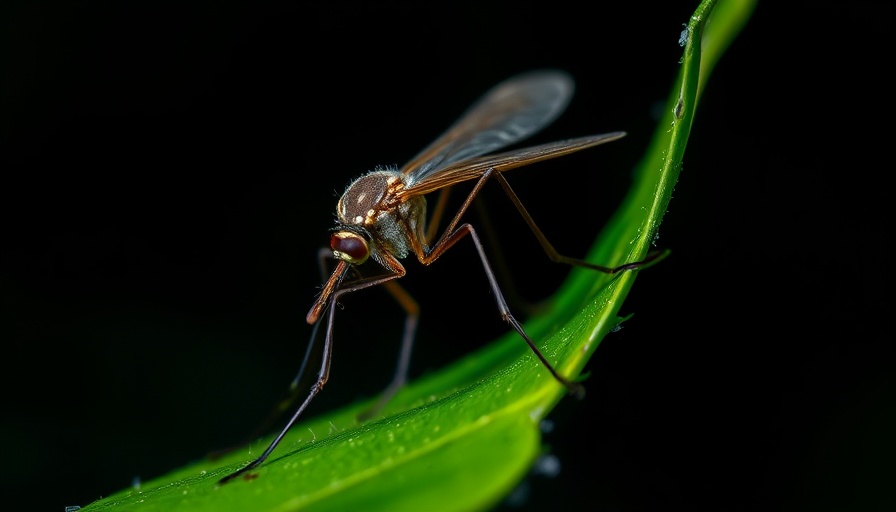
How Mosquito Vectors Impact Public Health and Livestock
Recent research has unveiled alarming data about Japanese encephalitis virus (JEV), indicating that there are nine additional mosquito species recognized as potential vectors. This systematic review, conducted by Kansas State University in partnership with the United States Department of Agriculture (USDA) Agriculture Research Service, is crucial not just for understanding the disease's spread among animals but also for the associated risks to human health.
Understanding the Japanese Encephalitis Virus
JEV is primarily transmitted through infected mosquitoes and poses a significant health risk to various animal species, including swine, wild birds, and horses. Among these, swine are particularly vulnerable, as all age groups can suffer severe reproductive issues like stillbirths and abortions caused by this virus. Although no cases have been recorded in the U.S., the spread of JEV in regions like mainland Australia, combined with the presence of competent mosquito vectors, signals an increasing risk of introduction into the United States.
Implications for Veterinary Practices
For veterinary clinics, the emerging presence of these additional mosquito species offers an opportunity to enhance practices focused on disease prevention. With reports showing that almost half of the tested mosquito species (45.4%) could become infected with JEV, and a transmission rate of 22.7%, the need for vigilant monitoring and control measures is paramount. Culex species, in particular, demonstrated the highest infection and transmission rates and are thus high-priority targets for surveillance.
Importance of Surveillance and Control Measures
This research highlights the urgent need for effective collaboration among veterinary practitioners, public health authorities, and policymakers to develop robust surveillance systems. With approximately one in four infected mosquito species capable of transmitting JEV, implementing actionable disease control measures could be pivotal in protecting livestock health as well as mitigating public health risks.
Understanding the evolving landscape of JEV vectors can significantly influence decision-making in veterinary practices, especially those catering to swine health. Incorporating evidence-based strategies can enable clinics to safeguard their operations while enhancing profitability through proactive health management systems.
 Add Row
Add Row  Add
Add 




Write A Comment